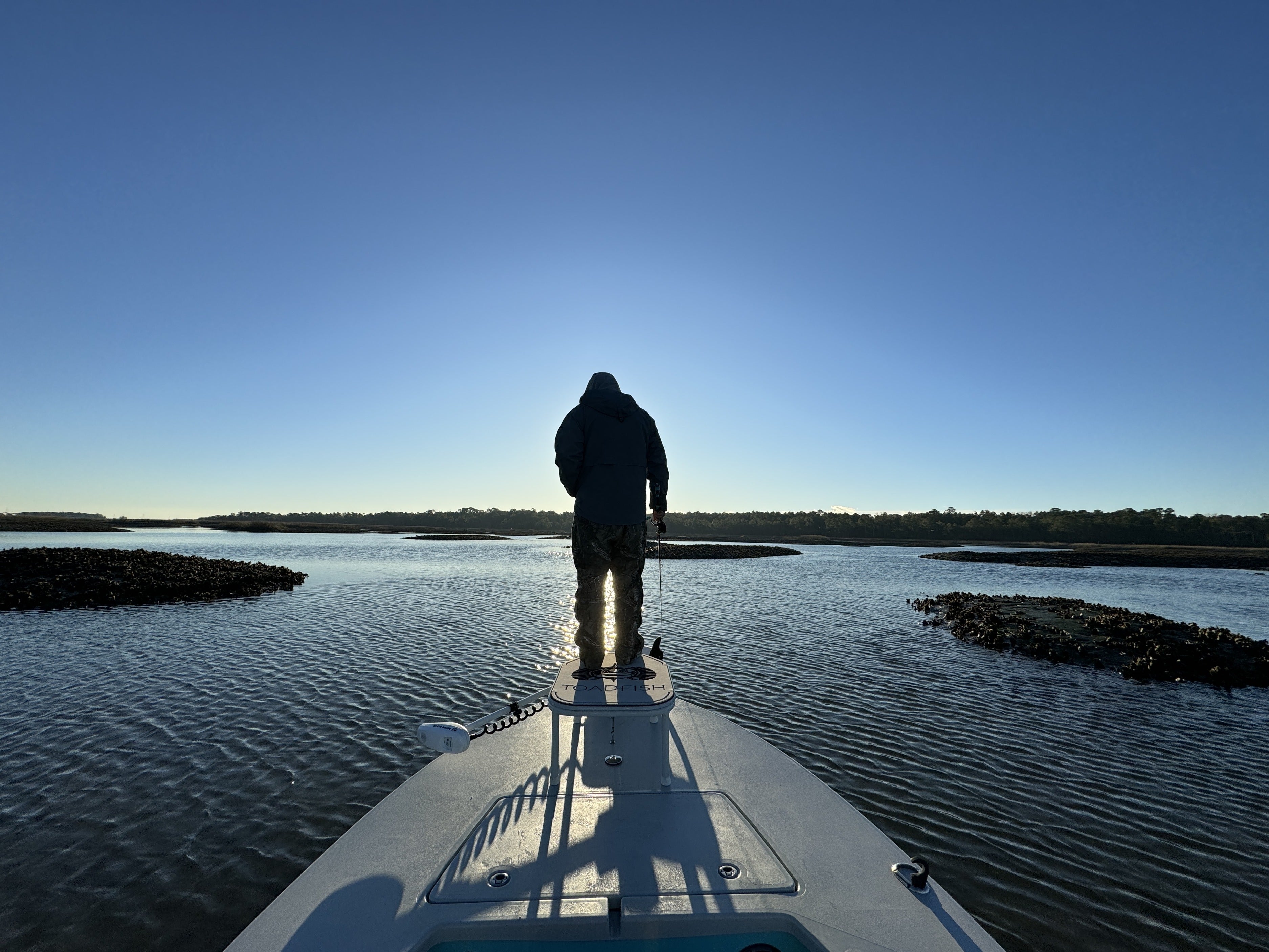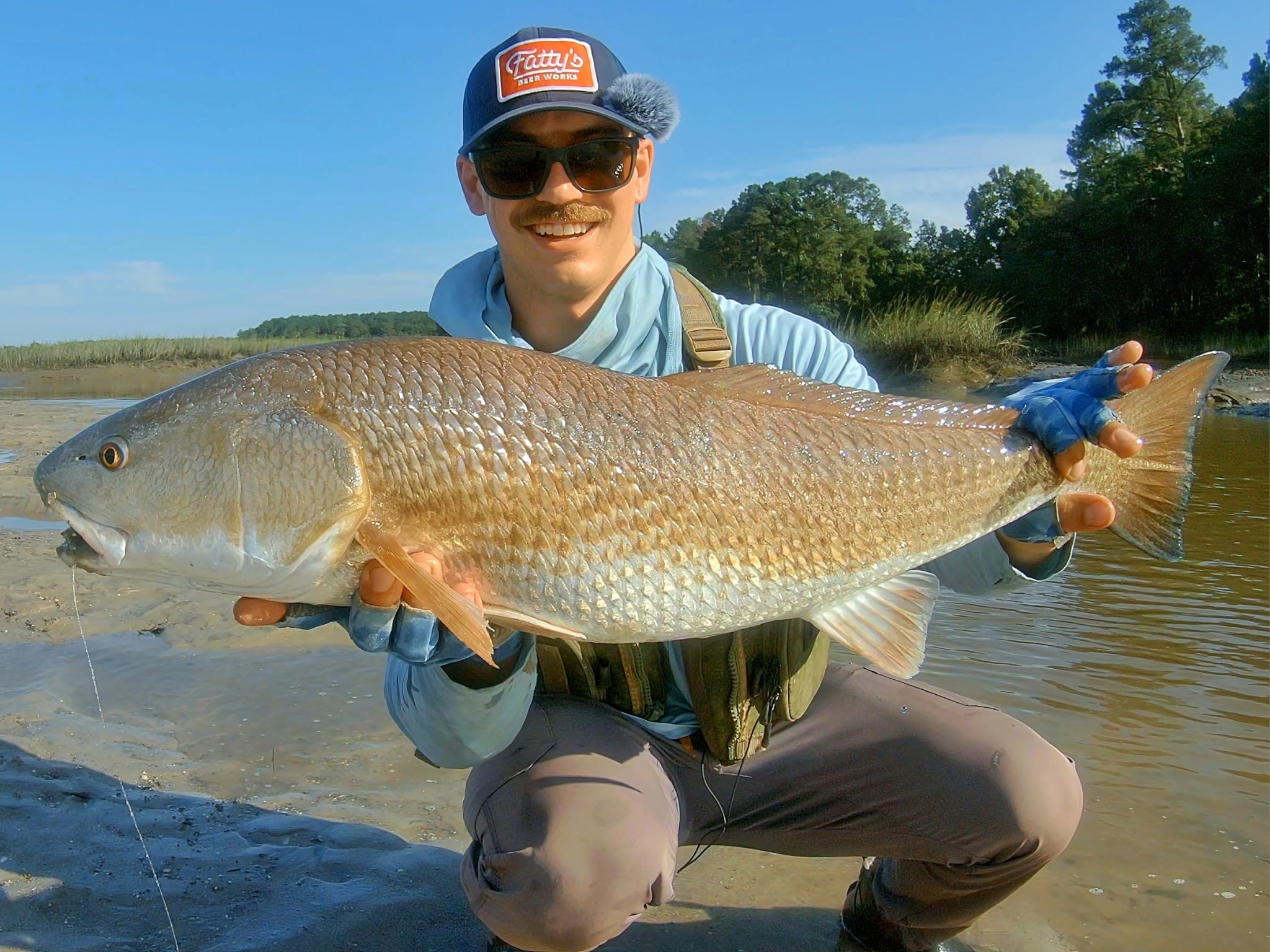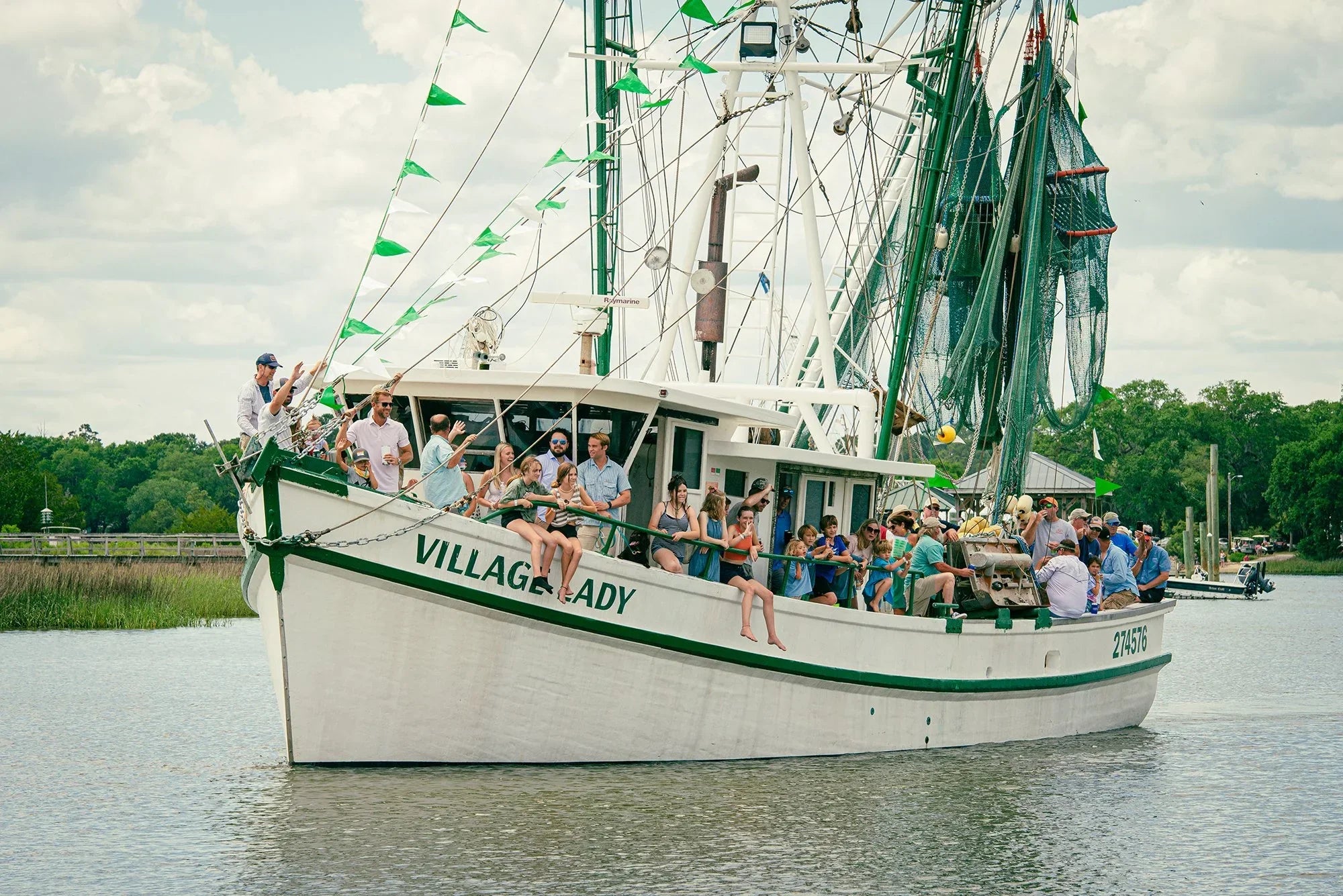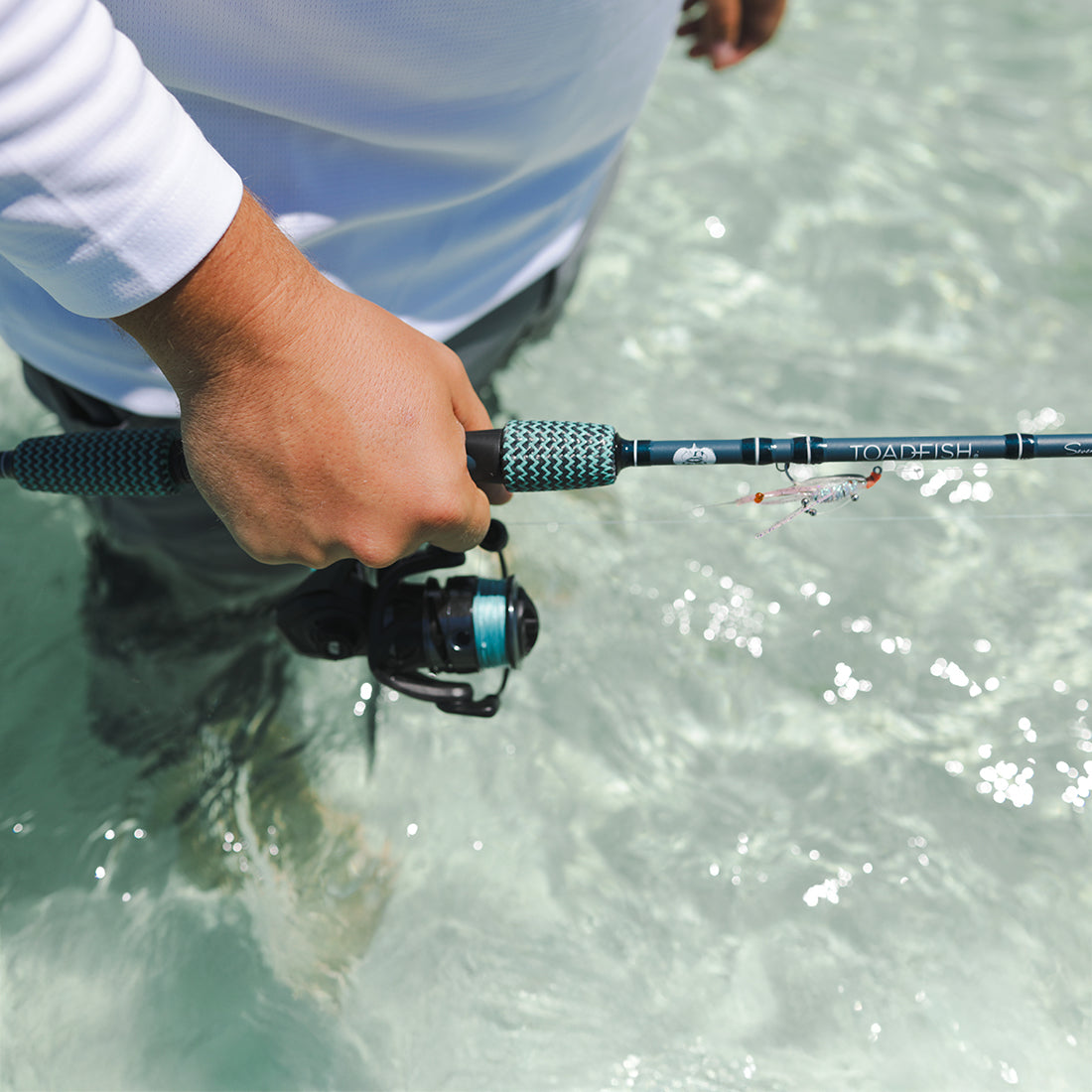What Are Estuaries, And Why Are They Important?
I am fortunate to have grown up in the Lowcountry of South Carolina. Unfortunately, from a young age, I learned how quickly shoes can be donated to the pluff mud and never found again in the sea of spartina grass. If you have been to Charleston or the lovely surrounding areas, you have seen the snaking rivers or creeks, the endless rows of Spartina grass, and experienced the gripping scent of pluff mud at low tide. If you have seen, touched, or smelled even just one of those things, you have experienced our estuaries. What is an estuary? Working with the moon and the tides, our estuaries are the backbone of the Lowcountry. Providing a safe spawning place for fish and shrimp and clearing out waste from our environment, our marshes are always working for you!
💡 Did you know
Redfish tails turn blue because of the accumulation of blue-green algae that enters their system from the foods that they eat, such as shrimp, crabs, snails, and small fish that feed on blue-green algae.

What Is An Estuary?
This is a great question that can be answered quickly, or this knowledge can take a lifetime to learn. No matter where you sit on that spectrum, this article is an excellent resource for learning about your Coastal Environment. Webster defines an estuary as “a water passage where the tide meets a river current.” While this is true, it does not begin to describe an estuary, how it works, or how estuaries affect your life.
An estuary is where the ocean's saltwater tides meet river currents. The constant mixing of these two forces, salt, and freshwater water, created a new type called brackish water. This brackish water has stirred the evolutionary melting pot of unique species of flora and fauna. These plants and animals have spurred these areas to become the most productive ecosystems in the world.
The Estuaries around Charleston are known as Bar-built or barrier-island-built estuaries. Like the Famous OBX, South Carolina has barrier islands that help protect the mainland from hurricanes. The islands and sandbars also protect the delicate, brackish ecosystems created by the outflow of many rivers, such as the Edisto and Santee. So whenever you traverse the Lowcountry waters, remember that the sandbars move!

💡 Did you know
Blue Crabs have a life span of 3-4 years and reach maturity in 12-18 months.
Is There An Ecosystem In Our Estuary?
Estuaries allow for much biodiversity in our environment—the flow of nutrients from the freshwater and the push of juvenile and larvae-stage fish. Since most estuaries are protected areas from storms and strong currents and supply a great deal of food, this becomes a premier habitat for those early stages of some of our favorite game fish. Offshore species like Atlantic spadefish, black sea bass, and cobia once called our little estuaries home. Then, of course, you have the pinnacle of our estuaries, the game fish everyone loves, the Red Drum. Of course, there is always the structure that supports our Lowcountry estuaries, and no, it's not bridges or dock pilings. I am referring to the natural structure that is our beloved Oyster beds. While some curse them for scuffing the bottom of their boats, it is essential to remember that these little bivalves are one of the big reasons our estuaries are so productive. Oysters help protect the larvae from predators and help filter our waters!
Is There A Protected Estuary I Visit?
The ACE Basin south of Charleston is one of the country's largest protected estuaries. It consists of three rivers: the Ashepoo, Combahee, and Edisto. The ACE Basin has 350,000 acres along the three previously named rivers, representing one of the largest undeveloped wetland ecosystems on the Atlantic Coast.

This gem is home to many different species of plants and animals, but a lot of conservation has also gone into this area. For example, In 1988, the ACE Basin Project was launched when Ducks Unlimited (DU), The Nature Conservancy (TNC), the South Carolina Department of Natural Resources (SCDNR), the U.S. Fish and Wildlife Service (USFWS), and private landowners formed a coalition known as the ACE Basin Task Force. The mission of the ACE Basin Project is to maintain the natural character of the basin by promoting wise resource management on private lands and protecting strategic tracts by conservation agencies. A primary goal of the protection efforts is to ensure that traditional uses such as farming, forestry, recreational and commercial fishing, and hunting will continue in the area. There are great places to visit in the ACE basin to glimpse its beauty; Ernest F. Hollings Ace Basin National Wildlife Refuge, Caw Caw Interpretive Trail, and the Donelly WMA are just a few places to visit.








Share:
Why Do Size Limits And Bag Limits Matter?
What Is Pluff Mud And Can I Eat It?
2 comments
yJCXQvlMBtS
hyPXtsxkjuC